Review: Wonder Woman #1 (#801)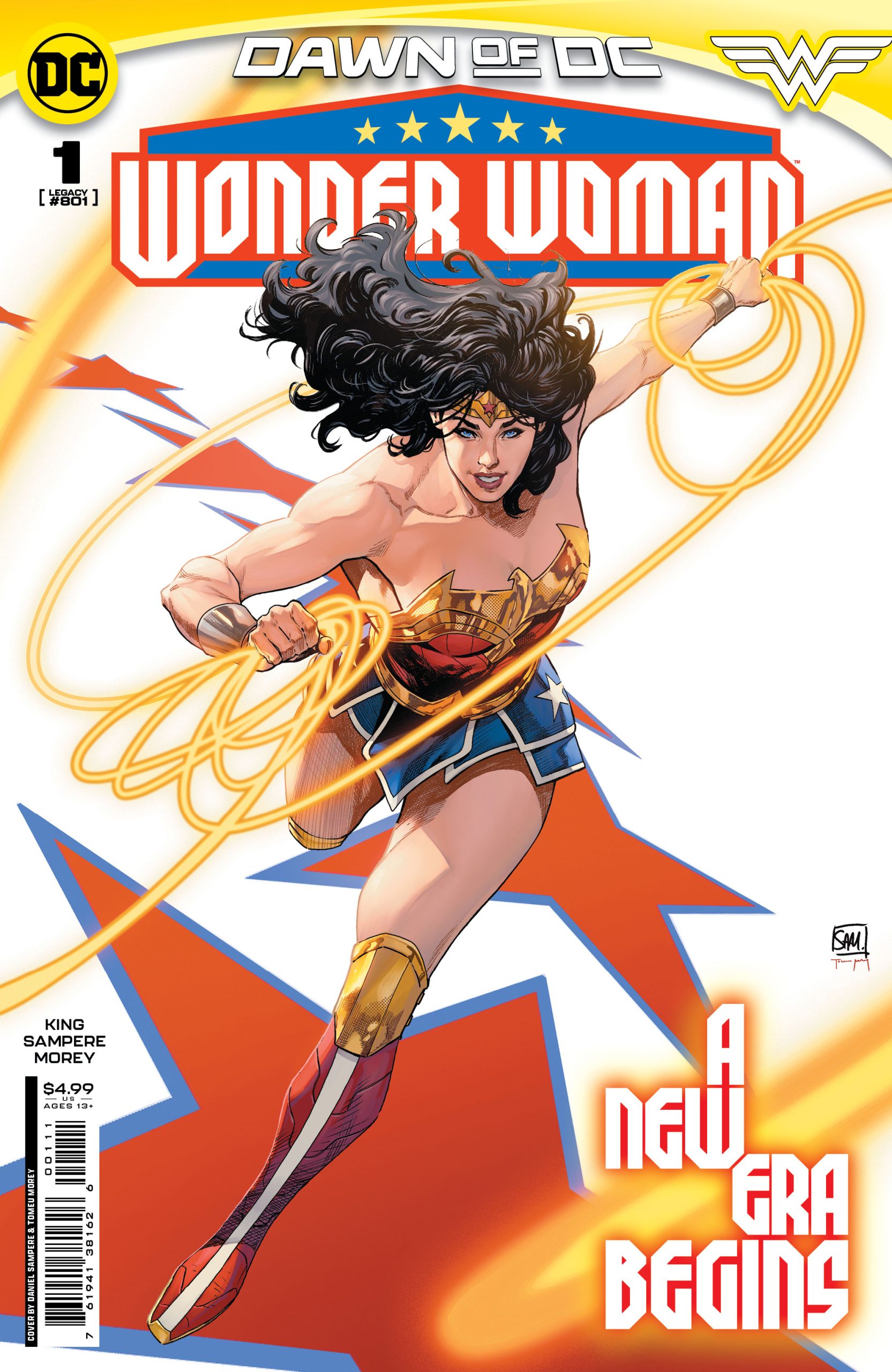 [Editor’s Note: This review may contain spoilers]
[Editor’s Note: This review may contain spoilers]
Writer: Tom King
Art: Daniel Sampere
Colors: Tomeu Morey
Letters: Clayton Cowles
Reviewed by: Matthew B. Lloyd
Summary
An Amazon has gone on a killing spree and all Amazons are banished from the United States; where does this leave the most famous Amazon, Wonder Woman?
Positives
If you’ve been seeing the preview art for Wonder Woman #1, you know how beautiful Daniel Sampere’s work on the issue is. This book looks great whether or not you like Tom King’s story. Even though this run of Wonder Woman relaunches with a new #1, it’s nice to see DC Comics incorporate the Legacy Numbering on the cover making this also Wonder Woman #801. It’s important for these high-numbered series to reflect the historical significance of the characters and titles and the legacy numbering does that.
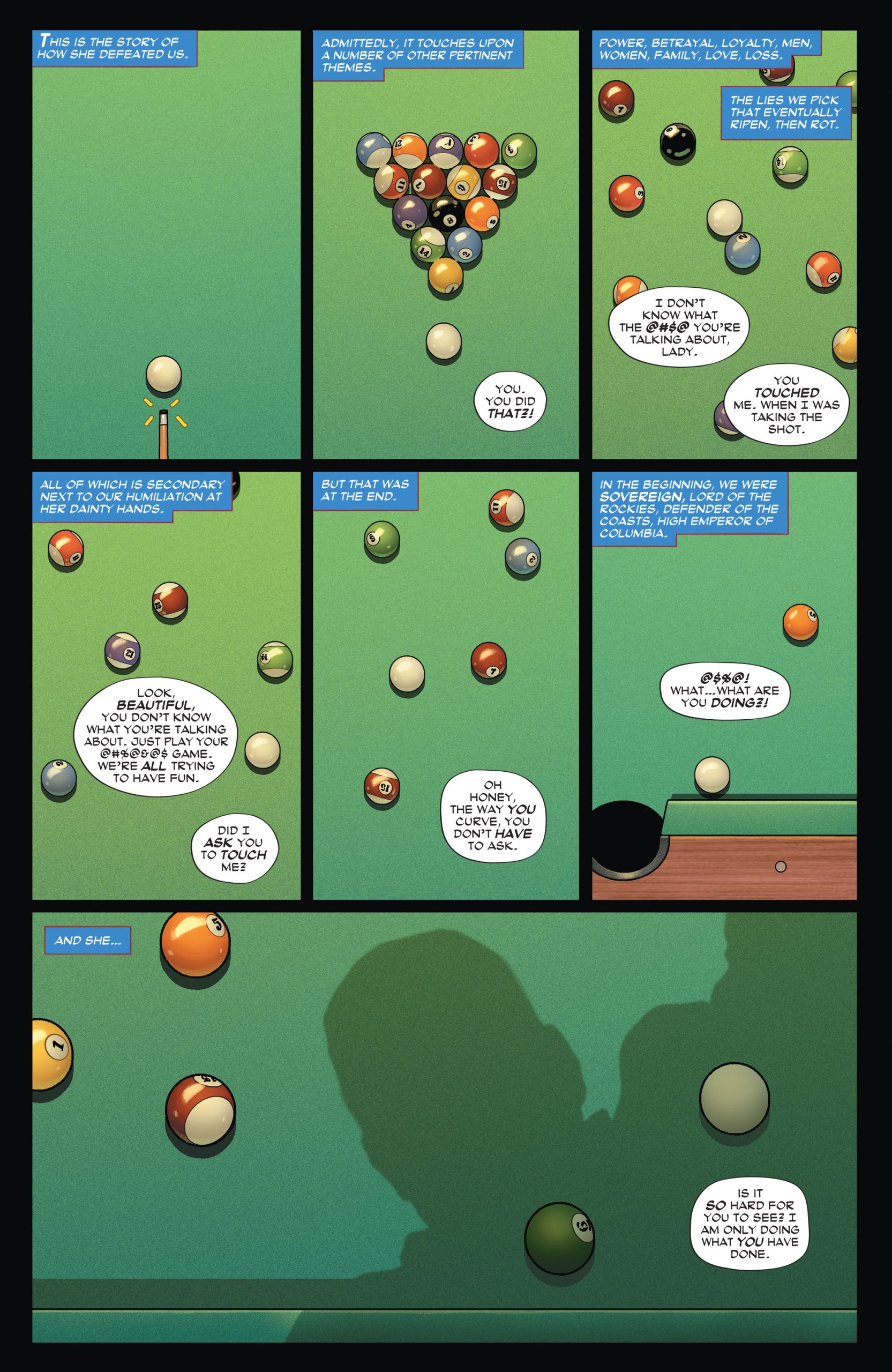
King’s plot for Wonder Woman #1 answers one question from the tease of this run in Wonder Woman #800. In Wonder Woman #800, Trinity, Diana’s future daughter, is seen talking to a mysterious older man with royal heritage. This issue reveals the identity of that person, and he’s a new character at that.
To Be Decided
At this point, this revelation falls somewhere between positive or negative. There is a parallel that King is trying to set up and it places this new character- the Sovereign- as a stand in for Donald Trump. The Lasso of Lies he carries is simply the lies Trump has told and continues to tell. It’s hard to determine at this point how this element will play out in this run, but it’s quite heavy handed and seems like it’s just King grinding his axe against Trump.
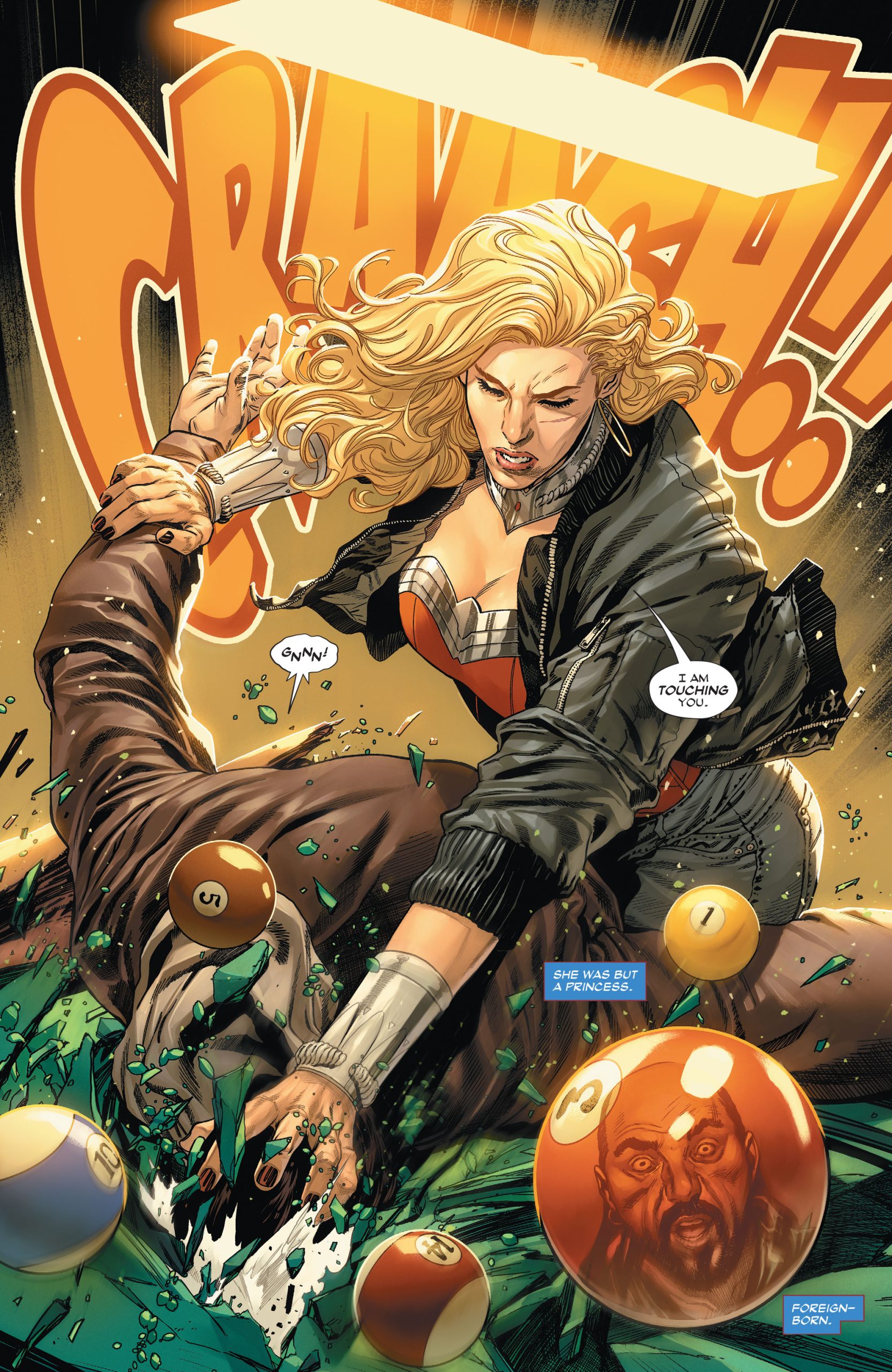
Leaning towards the negative is the fact that so far as we can tell the modus operandi of the Sovereign is identical to one of Wonder Woman’s earliest enemies, the Duke of Deception. This makes the Sovereign redundant in Diana’s rogues gallery. Furthermore, the last year of Wonder Woman written by Michael W. Conrad and Becky Cloonan included a heavy dose of misogyny from Dr. Psycho which played out in a brainwashing scheme at the behest of Hera and other gods in the Greek Pantheon which…seems to be what the Sovereign has been doing to America . Why recycle the plot points from the previous year’s Wonder Woman comics?
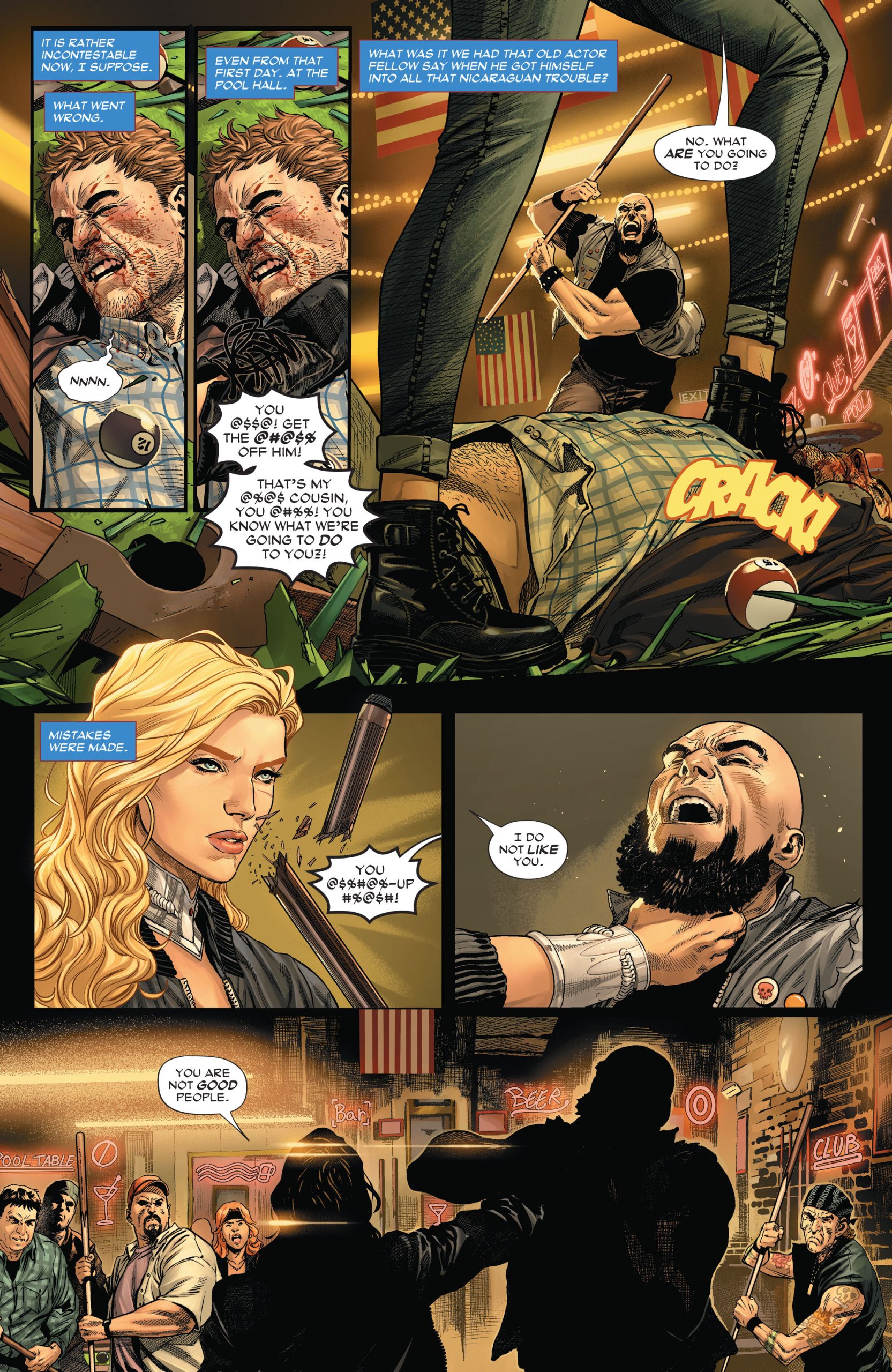
Negatives
Tom King’s plot for Wonder Woman #1 is contrived, forced and hurried. It comes off as if King had this idea to make Wonder Woman an outlaw and the story that gets to that point doesn’t really interest him. It’s clear that this issue sets up some moral dilemmas, but it doesn’t feel organic. From the opening incident of the Amazon killing spree the situation escalates to an expulsion of all Amazons from the United States with the direct campaign against Diana led by Sarge Steel. This brings up one of the odder points of the approach to this issue. Diana doesn’t feel like the lead character in this issue. For most of it Sarge Steel feels like the focus and the lead. Diana feels like a secondary character in her own comic. The story is being told by the Sovereign to Trinity whom we met for the first time in Wonder Woman #800. This makes the story the story of the Sovereign. It’s a different and could be an interesting approach, but it does make the reader feel distant from Wonder Woman and her role in the story. It also gives the impression that King is more interested in the Sovereign than Wonder Woman as a character.
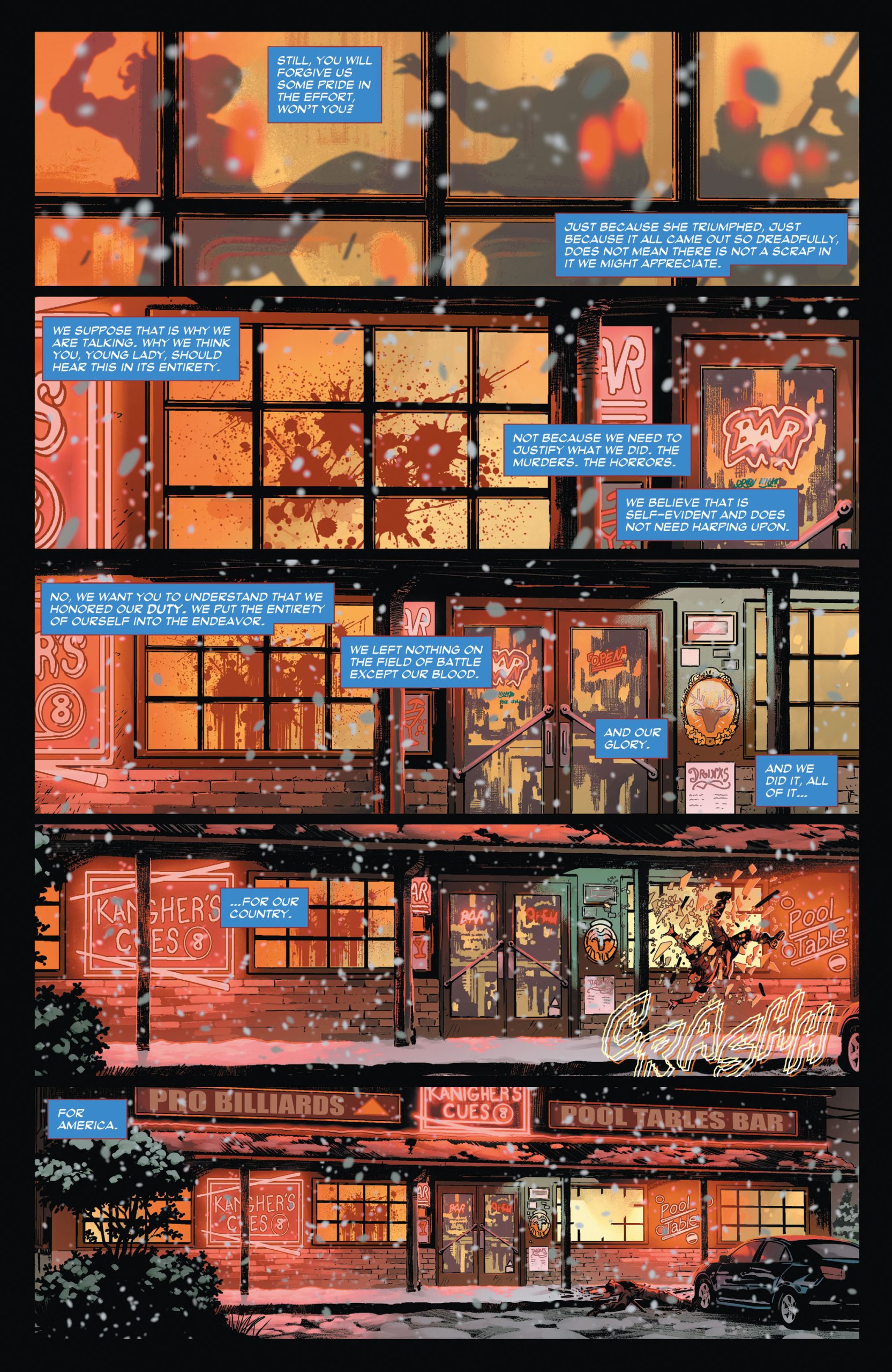
We don’t get a believable explanation as to why all the Amazons are being expelled and why Diana’s standing doesn’t bring her more credibility with the U.S. Government. It also doesn’t make sense that Wonder Woman wouldn’t have been on top of this situation from the outset. Part of it may be that the story focuses on Sarge Steel from Sovereign’s point of view. It not only contributes to the marginalization of Diana in her own book, but it takes away her agency as well. She seems to be a pawn in Sovereign’s plot rather than the lead character. There’s nothing wrong with Diana feeling like a pawn in the villain’s plot, but to experience it from a distance is awkward and further removes Diana from the centrality of the story. Does King even want to write Wonder Woman or does he just want to write a Trump analog story? Maybe this isn’t the best place for that. King does have a history of putting characterization second, or even third to his plots and story concepts, so this shouldn’t be a surprise. He may write Diana in character in this storyline, but she may end up being secondary. I want to read a Wonder Woman story, not a Donald Trump story. This could end up being a good comic, just not a good Wonder Woman comic. Strange Adventures was a great comic, but a bad Adam Strange comic. Human Target was a great comic, but a terrible JLI comic. If you’re not here for the character, why are you here?
Negatives Cont’d
It’s clear King needs these elements in play for the story he wants to tell to be able to take place, but for it to be compelling the lead up has to be believable. Readers won’t actually believe Wonder Woman is involved in any wrong doing and it’s not like she will become persona non grata in the United States within the DC Universe. The story is suddenly tedious as it’s just a waiting game until the resolution. There can be no real stakes for Wonder Woman based on the extreme nature of the set up. It’s not hard to imagine that King is using this story as a metaphor for how minorities are treated in the United States, but once again the reaction against the Amazons is so extreme it just isn’t believable.
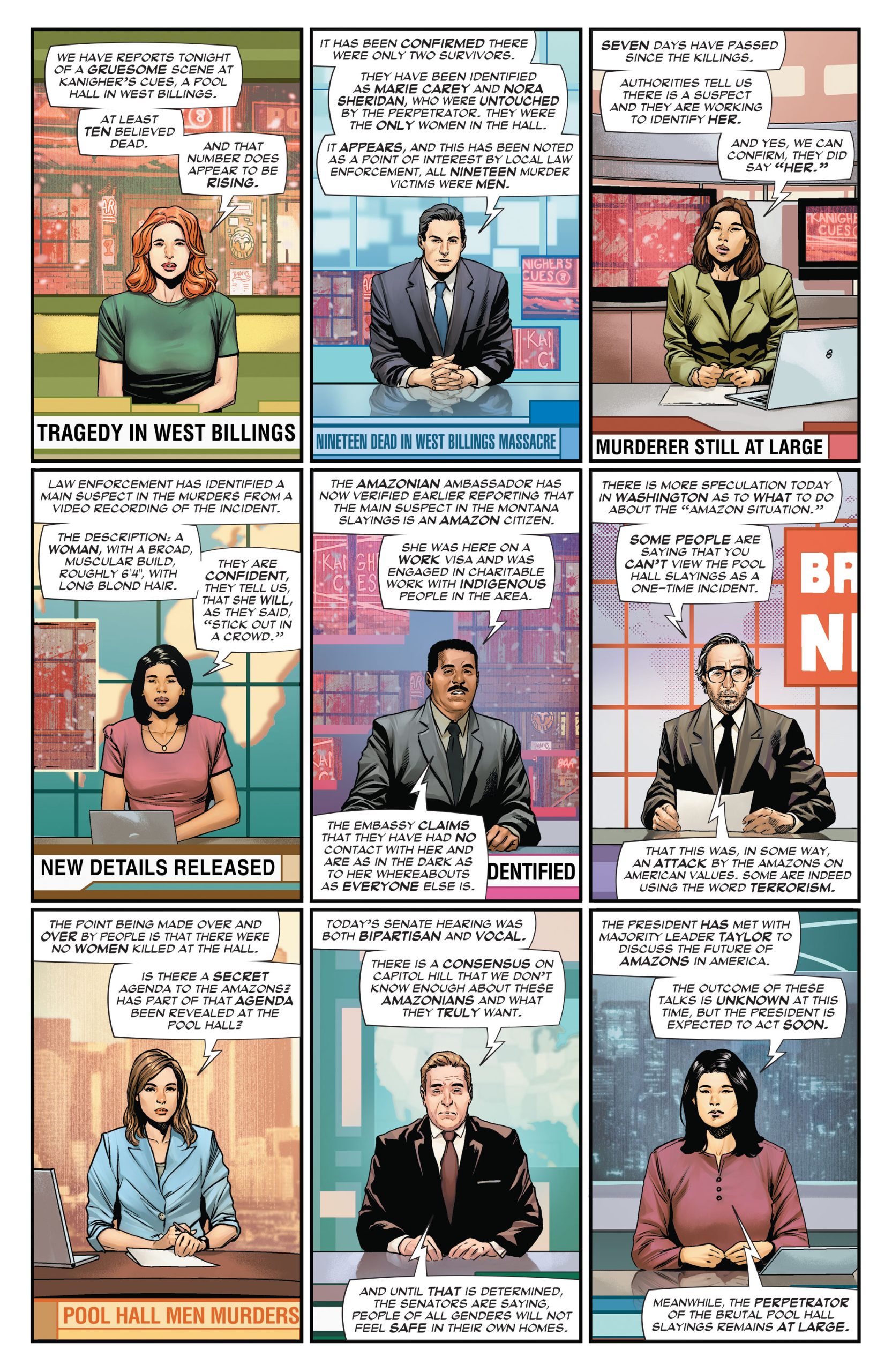
The story of Trinity’s conception is teased in Wonder Woman #800 as well, indicating that it is somehow connected to the story that begins in Wonder Woman #1. While there are no answers in this issue, the tone of the issue leaves an uneasy feeling about how Trinity will be conceived. There’s a lot of unwarranted aggression against the Amazons as a people that falls somewhere between racism and misogyny. Sarge Steel is at the center of this though there other vignettes of average citizens with similar attitudes.
Verdict
The art is so good, one can easily flip through the pages and just admire them regardless of the story being told. Unfortunately, the forthcoming story that is suggested by this issue is pretty boring. Even with the mystery surrounding the identity of Trinity’s father that is wrapped up in all this, Trinity’s first appearance was disappointing enough to bring no added excitement to the beginning of the story in Wonder Woman #1. To enjoy this issue, you may need to forget this is a Wonder Woman comic and tell yourself it’s a dystopian tale of a world you don’t really know. If you go in thinking it’s about Wonder Woman, you will most likely be disappointed. Overall, it’s not a strong start to this run outside of Sampere”s exceptional art. Lastly, was the killer supposed to look like Cassie Sandsmark?
